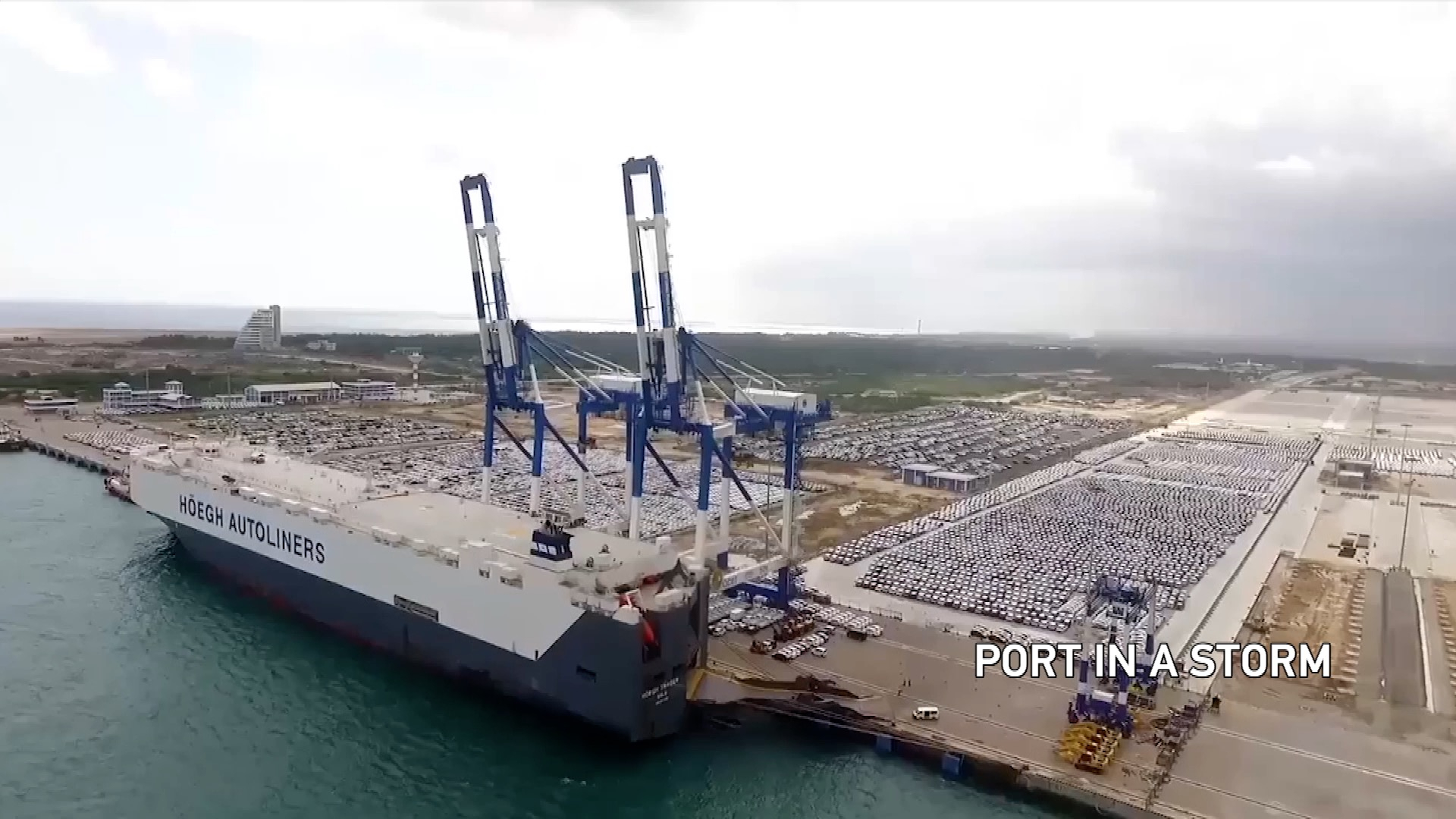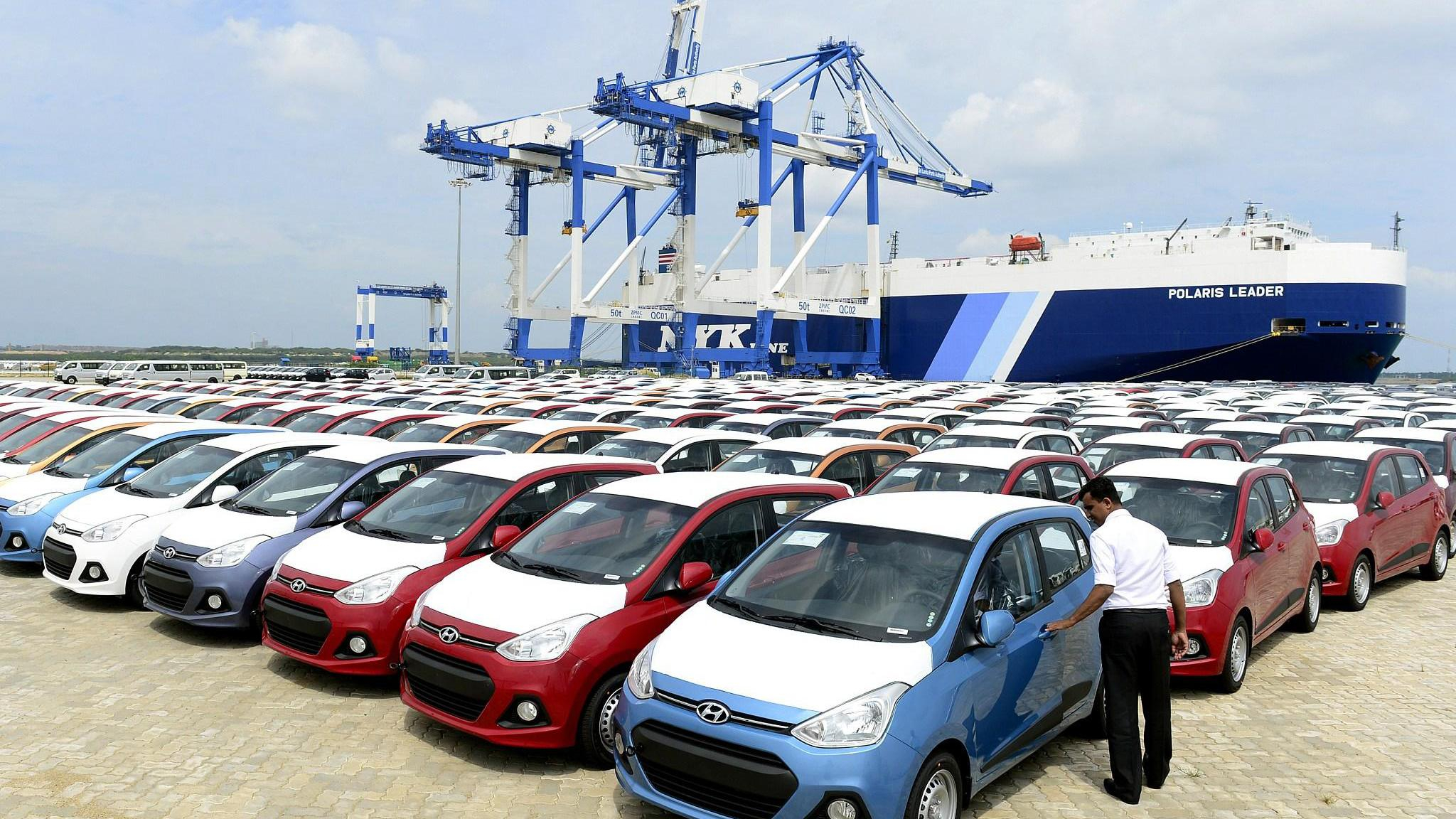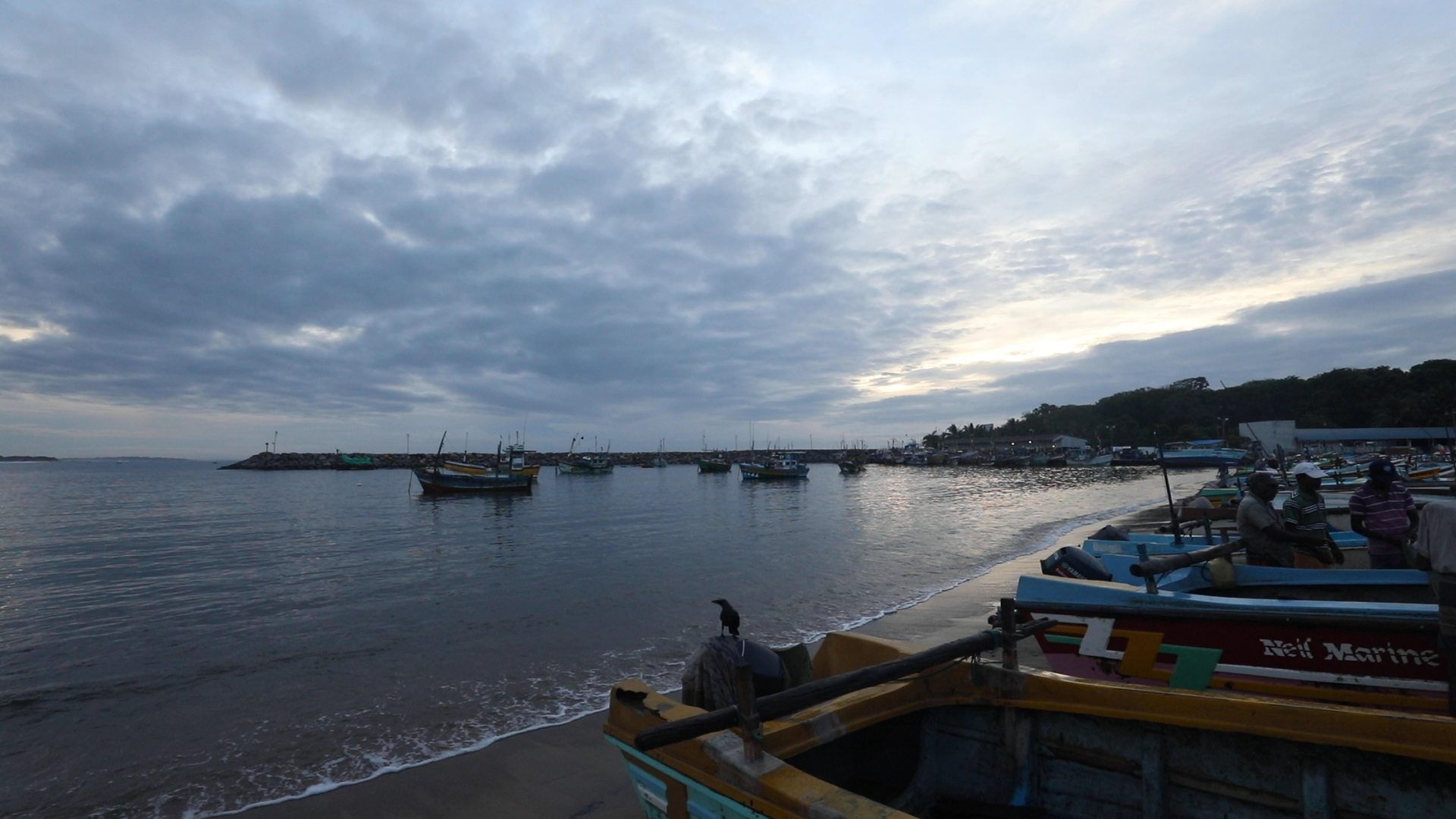

Lying at the southern tip of Sri Lanka and 240 kilometers from the country's capital Colombo, the Chinese-built Hambantota port has been embroiled in contention.
In December 2017, the Sri Lankan government officially signed away the port to China on a 99-year lease, fueling criticism among global media that Sri Lanka was forced into the deal after being lured into a debt trap by easy Chinese loans.
Thilan Wijesinghe, chairman of the Public Private Partnership Unit of the Finance Ministry of Sri Lanka, debunks the claim, confirming that the 1.1 billion U.S. dollars in Chinese investment coming in for the long lease of the port was not used to refund the port-related Chinese loans but used to bolster state reserves, preparing the nation to pay off other external debts due in the upcoming years, generally to Western entities.
According to Wijesinghe, China only accounts for about 10 percent of Sri Lanka's total external debt, more than two-thirds of which were lent to Sri Lanka on concessional terms, whereas over 40 percent are borrowings from multinational organizations such as the World Bank.

Cars parked at the port facility at Hambantota. /VCG Photo
It is the high volume of commercial borrowings Sri Lanka has been engaged in over the past decade that typically come with higher interest rates and quicker turnaround requirements that has put the island nation into a debt distressed position.
Sri Lanka's external debt as a percentage of GDP reached a record high last year at 66 percent, compared with only 38 percent 10 years ago. The country's central bank has warned of heightened refinancing risks in its 2018 annual report, estimating an average of over 5 billion U.S. dollars in external debt repayment annually in 2019 and beyond as some Eurobonds are falling due very soon.
"The Chinese loan taken to build the Hambantota port was a long-term loan," says Wijesinghe. "So there was no compelling requirement for the government to repay the debt."
China loaned Sri Lanka a total of 1.31 billion U.S. dollars for the construction of the port, of which over 90 percent were concessional loans from the Export-Import Bank of China that carry an interest rate of roughly 2 percent and an average maturity of 15 to 20 years.

Fishing boats line the beach in downtown Hambantota. (Dai Wei/CGTN Photo)
With the 2017 Hambantota port deal, two joint ventures were set up between the Hong Kong-based China Merchants Port Holdings and the Sri Lanka Ports Authority to jointly manage the port, with the former taking up near 70 percent of the stake.
Wijesinghe stresses that the deal was "entirely driven due to commercial reasons" and would help to grow the port in a way that the state-owned Ports Authority alone would not be able to achieve.
Since taking over the Hambantota port, the new management team has been ramping up efforts to help the port back on its feet. It’s been consolidating the port's roll on-roll off (RoRo) business and has doubled the number of vehicles coming through the port within one year. The situation seems more positive than it was prior to the takeover, when the Ports Authority was losing around 80 million U.S. dollars every year.
"Within one year we have cut the loss down in half," says Ray Ren, CEO of Hambantota International Port Group.
Yet the sluggish economy and volatile political situation in Sri Lanka pose challenges for attracting businesses in the town that's still largely agriculture-based and fast-tracking the port’s development.

The morning market opens near the fishing harbor in downtown Hambantota. (Dai Wei/CGTN Photo)
Ren estimates that it will take the efforts of several generations to get the port fully fledged.
On June 16, "Rediscovering China" will bring you the story of the Hambantota port – the key controversies surrounding the port's development and how the new management team is striving to open up a new chapter despite the task being thorny.
"Rediscovering China" is a 30-minute feature program offering in-depth reports on the major issues facing China today. It airs on Sunday at 10:30 a.m. BJT (02:30 GMT), with a rebroadcast at 11:30 p.m. (15:30 GMT), as well as on Monday at 8:30 a.m. (00:30 GMT) and Friday at 1:30 p.m. (05:30 GMT).

Copyright © 2018 CGTN. Beijing ICP prepared NO.16065310-3
Copyright © 2018 CGTN. Beijing ICP prepared NO.16065310-3